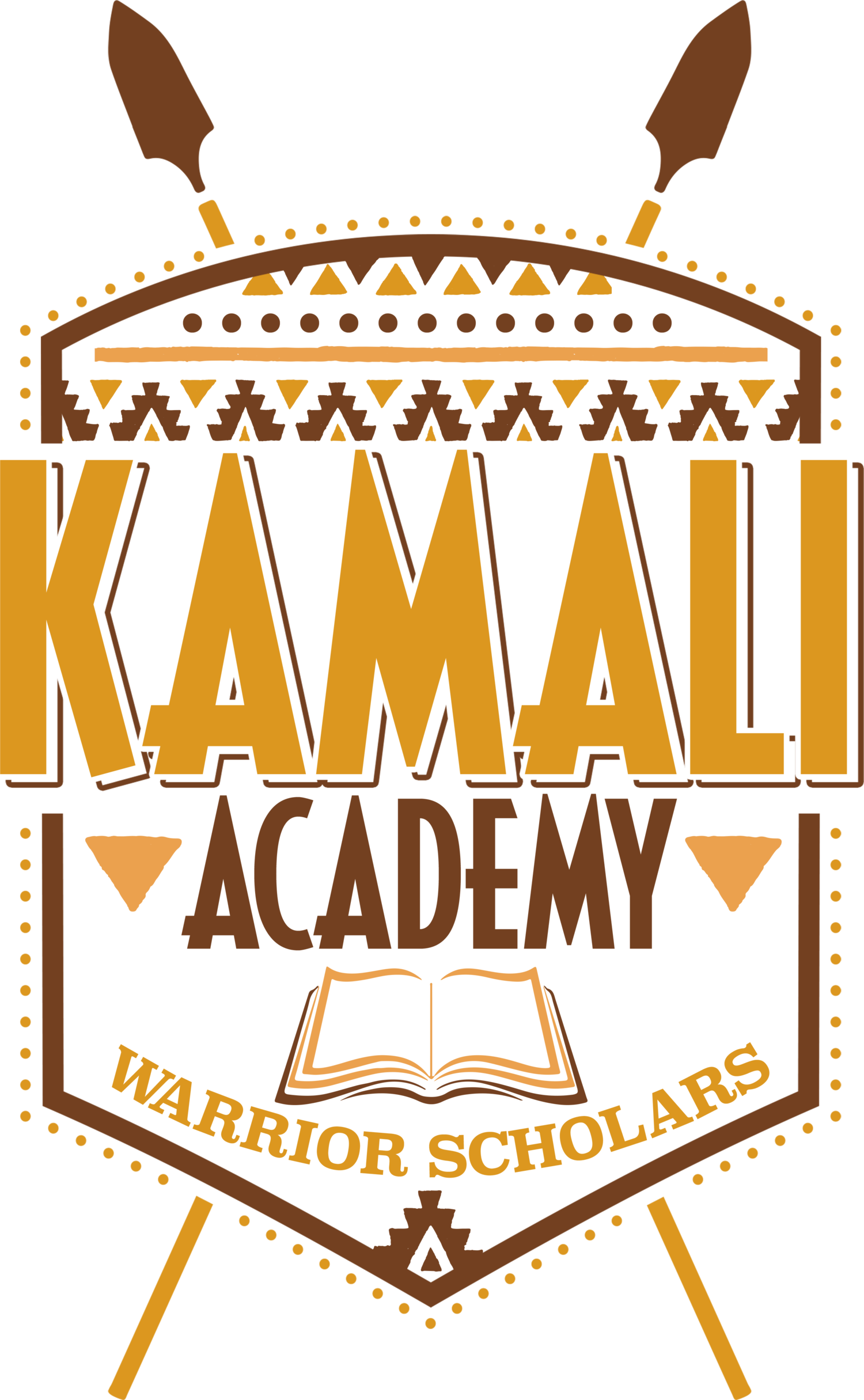The Whole Curriculum Method
The foundation of an Afrikan centered education resides on the premise of starting with the whole and breaking it down into to its component parts. The European idea is to only teach in compartments and never bring the whole idea together. Hence, our young warriors leave their school with disconnected knowledge. Yet, we know that Afrikan wisdom teaches that in unity there is life; in disconnection there is death.
Since we want our children to have a holistic education, why not use the whole curriculum method? Why have reading, Ourstory, art, writing, and science projects when you can take one subject, person, or idea you're currently studying and make it work for all areas?
Here is how Kamali Academy has used this method. We had our young warriors studying the Honorable Marcus Garvey.
For Ourstory, we learned about Garvey's life, accomplishments, and legacy. They also learned about lynching and movement making.
For Writing, we had the older students write a letter to Garvey requesting to join his U.N.I.A. They had to explain what skills they would bring to the group. For the younger warriors, we had them copy a couple of Garvey's quotes and discuss them.
For Art, some drew pictures of the BlackStar Line, some wrote poems. The younger warriors colored pictures of Garvey.
For Reading, we read a book about Garvey to the young ones, while the older warriors read a couple speeches by Garvey and discussed them.
For Science, we looked at various Afrikan inventors and inventions that were created in the 1920s.
For Math, we did our regular math curriculum and added a business component, which focused on supply and demand, the importance of entrepreneurship in our community, and a variety of business models.
The options are endless.
We are contemplating covering one Afrikan country a week this summer. We may start with Ghana.
For Ourstory, we'd cover everything from ancient Ghana to Yaa Asantewaa to Ghanaian independence and so on.
For Writing, we'd study and write our own proverbs.
For Reading, we'd read and discuss several Anansi the Spider stories.
For Art, we'd learn about Adinkra symbols along with their meanings and create art using them.
For Science, we'd learn the agricultural science of planting and harvesting cocoa, the number one export of Ghana. Throughout our study of the continent, we'd learn about the ancient Afrikan origins of Mathematics. (checkout African Mathematics: From Bones to Computers)
If you are overwhelmed by all the options available in terms of curriculum, start here. Don't worry. Your children will learn much more than they'd learn in the public fool system.
Use your Kuumba (Creativity).
Revolutionary Love,
Baba Dr. Brotha Samori Camara
